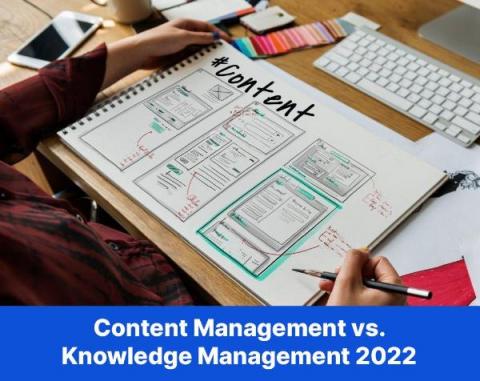Top Benefits of Barcode Systems for Small Businesses in 2023
Small business owners are constantly seeking ways to run their companies as profitably as possible while reducing waste and keeping customers happy. You may achieve all these goals by implementing barcode asset tracking software, a powerful method to boost your business’s productivity and effectiveness. A barcode system for small businesses can be transformative for efficiency, accuracy, speed, and consistency within a warehouse and throughout an organization.











